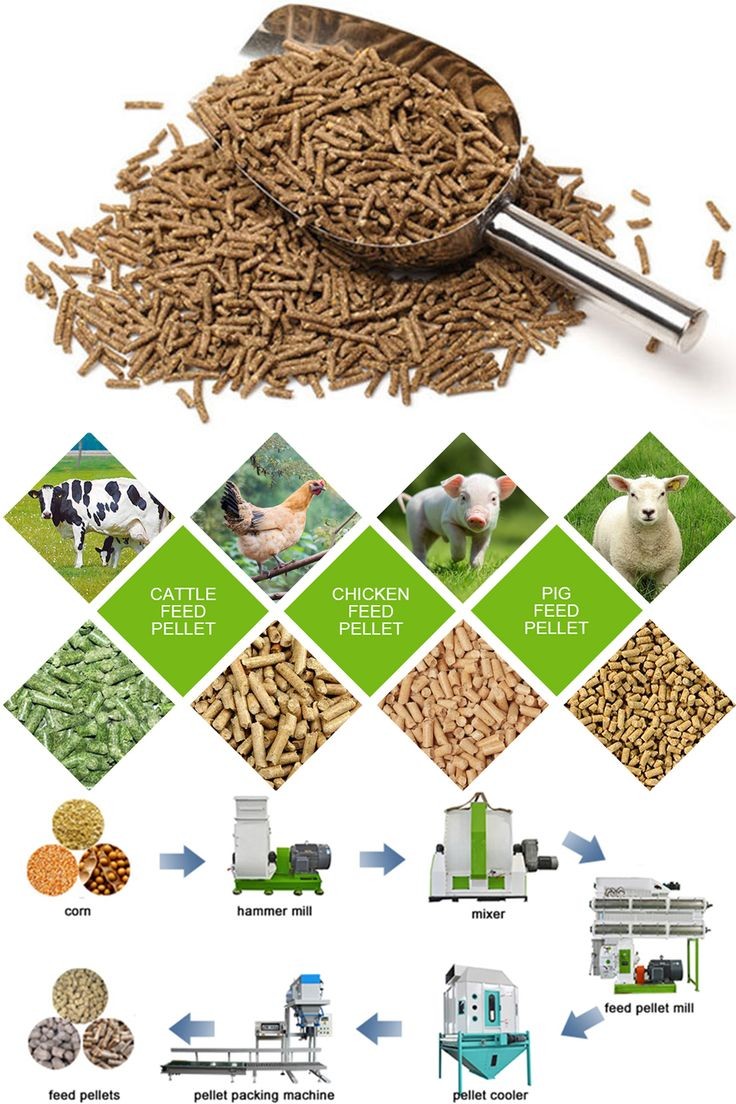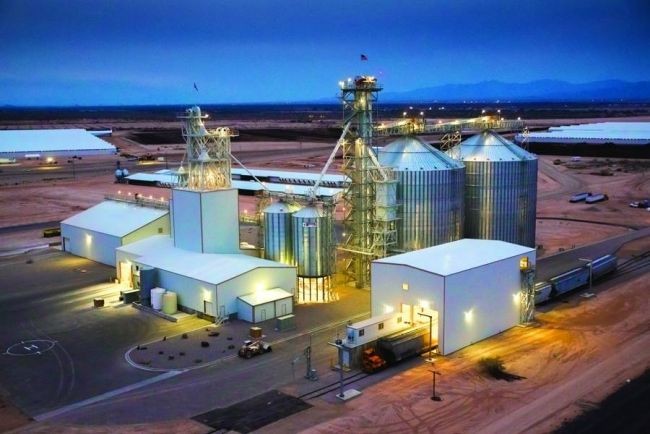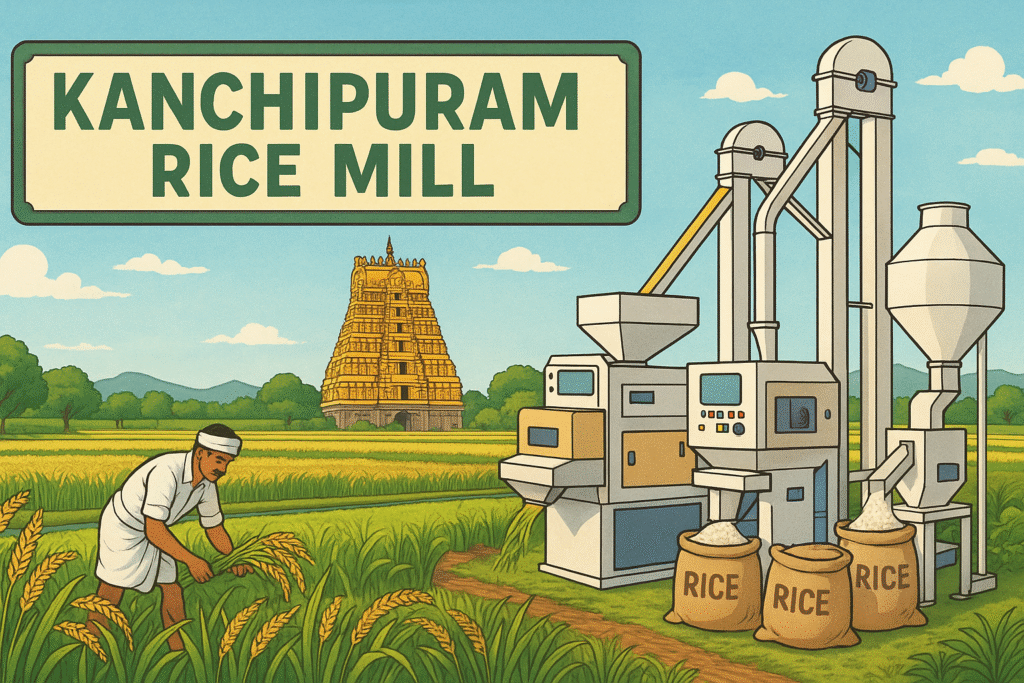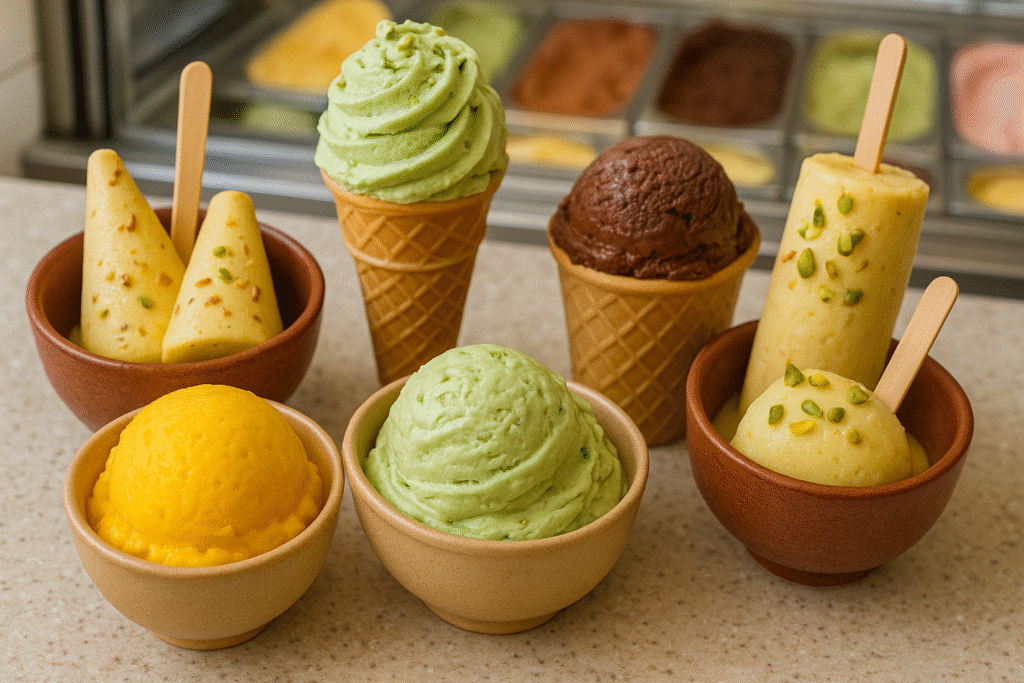Unveiling the Inner Workings of Feed Mills: Nourishing Livestock and Beyond

In the intricate tapestry of modern agriculture, feed mills play a pivotal role in ensuring the health and productivity of livestock. These unassuming facilities are the backbone of the animal farming industry, responsible for producing the nutritionally balanced and meticulously formulated feeds that sustain livestock populations around the world. Let’s delve into the world of feed mills and uncover the complex processes that drive this vital component of agriculture.
The Heart of Nutrition
Feed mills are specialized facilities where raw ingredients are transformed into complete animal feeds. These feeds provide the necessary nutrients – proteins, carbohydrates, fats, vitamins, and minerals – that are essential for the growth, health, and reproduction of various livestock species, including poultry, cattle, swine, and aquaculture. The nutrition in these feeds is carefully tailored to meet the specific requirements of each animal category and its growth stage.
Ingredients and Formulation
The formulation of animal feeds is a science that balances the nutritional needs of the animals with the availability of ingredients. Feed mill operators carefully select and source ingredients such as grains, protein sources (soybean meal, fish meal), fats, minerals, and vitamins. The art lies in creating well-balanced diets that address the animal’s energy needs, muscle development, bone strength, and overall health.

Processing Steps
Feed mills operate through a series of processing steps that transform raw ingredients into uniform and palatable feeds:
1. Grinding: Ingredients are ground to a consistent particle size to improve digestibility and ensure uniformity in the final product.
2. Mixing: Different ingredients are blended together to create a homogeneous mixture. This step is crucial for even distribution of nutrients.
3. Pelleting or Extrusion: In this step, the mixed ingredients are compressed into pellets or subjected to extrusion. Pelleting enhances feed quality, reduces wastage, and improves feed handling.
4. Conditioning: Some feeds require heat and moisture to improve their texture and nutritional value. Conditioning can also reduce the risk of pathogens.
5. Cooling and Packaging: After processing, feeds are cooled to prevent spoilage and then packaged for distribution. Proper packaging maintains feed quality and prevents contamination.
Quality Control
The quality of feed directly impacts the health and productivity of livestock. Feed mills implement rigorous quality control measures at every stage of production. Regular testing of raw materials and finished feeds ensures that nutrient content is accurate and consistent. Quality control also extends to factors like particle size, pellet durability, and absence of contaminants.
Environmental Considerations
Feed mills also need to address environmental concerns. Proper waste management and control of air emissions are critical to minimize their impact on the surrounding ecosystem. Some feed mills are exploring sustainable practices, such as incorporating renewable energy sources and recycling waste materials.
Conclusion
Feed mills stand as the silent force driving the success of the livestock industry. Through meticulous formulation, precise processing, and unwavering quality control, these facilities provide the foundation for the health and growth of animals that contribute to our food supply. As technology and sustainability continue to shape agriculture, feed mills will undoubtedly evolve to meet the demands of a changing world while upholding their crucial role in nourishing both animals and humans.






